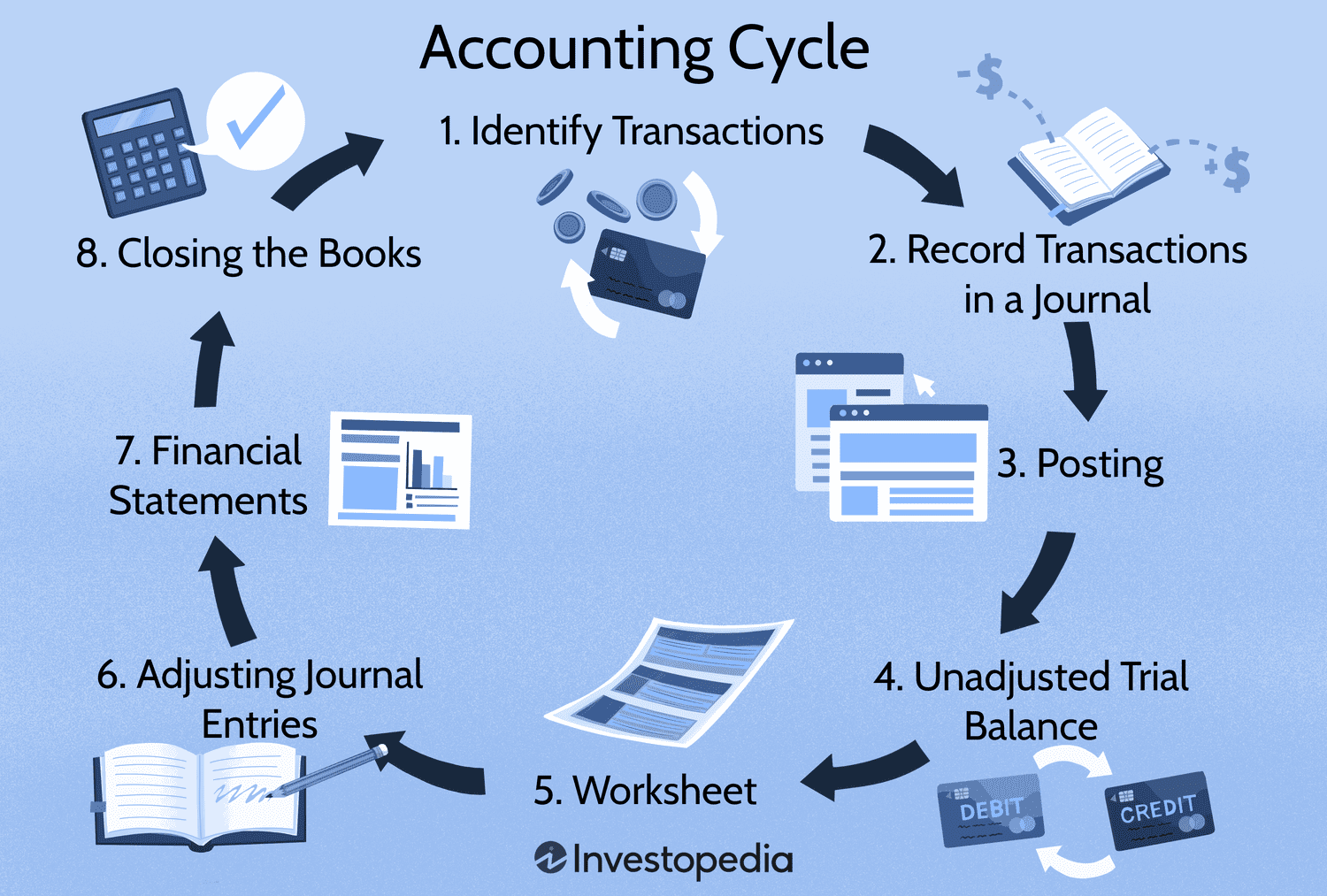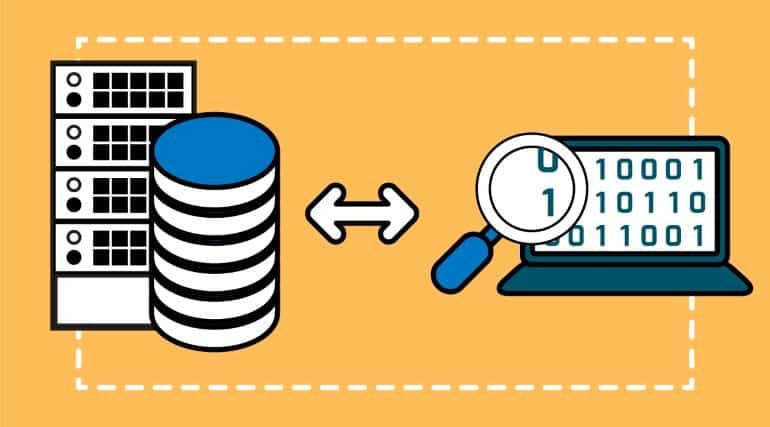Why You Need a Monthly Financial Reporting Checklist As An Entrepreneurs

Setting up a Monthly Financial Reporting Checklist is crucial for entrepreneurs who want to stay in control of their business finances, track performance, and make informed decisions. Here's a comprehensive guide with elaborated steps, key points, and why each item matters.
As an entrepreneur, your financial reports help you:
-
Evaluate your business performance.
-
Identify trends (growth, losses, expenses).
-
Make informed decisions for budgeting and investment.
-
Stay compliant with taxes and regulations.
-
Be prepared for investors, lenders, or partners.
Monthly Financial Reporting Checklist for Entrepreneurs
1. Collect and Organize All Financial Documents
Key Points:
-
Gather bank statements, receipts, invoices, payroll data, etc.
-
Keep both digital and physical records organized by category.
Why it matters: Ensures you have complete data to analyze and prevents errors or missed expenses.
2. Reconcile Bank and Credit Card Statements
Key Points:
-
Match your internal accounting records with bank/credit card statements.
-
Look for discrepancies like double charges or missing entries.
Why it matters: Prevents fraud, errors, and keeps your books accurate.
3. Update Bookkeeping/Accounting Software
Key Points:
-
Enter or import all transactions for the month into your software (QuickBooks, Xero, etc.).
-
Categorize transactions properly (e.g., operating expenses, assets, liabilities).
Why it matters: Clean, up-to-date books form the foundation of your reports.
4. Review and Record Revenue
Key Points:
-
Total your sales and income from all sources (online, retail, services).
-
Break down revenue by product/service if needed.
Why it matters: Helps track performance, identify best-selling services/products, and forecast future revenue.
5. Track and Categorize Expenses
Key Points:
-
Split expenses into categories: fixed costs (rent), variable (utilities), COGS, one-time purchases.
-
Identify recurring vs non-recurring costs.
Why it matters: Essential for budgeting and spotting areas where you can cut costs.
6. Calculate Profit and Loss (P&L Statement)
Key Points:
-
Use your revenue and expense data to create a Profit and Loss Statement.
-
Shows Net Profit = Revenue - Expenses.
Why it matters: This is the core document that reflects your business’s financial health.
7. Review Cash Flow Statement
Key Points:
-
Track inflows (sales, investments) and outflows (bills, payroll).
-
Check if you have enough cash to cover short-term obligations.
Why it matters: Even profitable businesses can fail due to poor cash flow.
8. Check Accounts Receivable and Payable
Key Points:
-
Review unpaid invoices (receivables) and bills you owe (payables).
-
Follow up on overdue customer payments.
Why it matters: Keeps your cash flow healthy and avoids late fees or penalties.
9. Review Balance Sheet
Key Points:
-
Snapshot of assets, liabilities, and equity.
-
Shows how much your business owns vs. owes.
Why it matters: Helps assess long-term financial stability and investor readiness.
10. Monitor KPIs and Financial Ratios
Key Points:
-
Track key performance indicators like:
-
Gross Profit Margin
-
Operating Margin
-
Current Ratio
-
Burn Rate (for startups)
-
Customer Acquisition Cost (CAC)
-
Why it matters: KPIs help evaluate performance and guide strategic decisions.
11. Prepare Summary Report for Stakeholders (If Applicable)
Key Points:
-
Create a concise report for partners, investors, or your own review.
-
Include charts/graphs for easy visualization.
Why it matters: Keeps everyone informed and builds trust with transparency.
12. Plan for Next Month
Key Points:
-
Set financial goals and budgets based on current trends.
-
Note down action items from insights (e.g., cut costs, increase marketing).
Why it matters: Ensures continuous growth and avoids reactive decision-making.
Tools You Can Use
-
Accounting Software: QuickBooks, Xero, Wave
-
Spreadsheets: Google Sheets or Excel (with templates)
-
Expense Trackers: Expensify, FreshBooks
-
Cloud Storage: Google Drive, Dropbox (for document storage)
Pro Tip: Create a Recurring Calendar Reminder
-
Set a monthly reminder on the 1st or last day of each month to go through this checklist.
-
Delegate tasks to your accountant or bookkeeper if you have one.
Final Thoughts
A structured Monthly Financial Reporting Checklist helps entrepreneurs gain clarity and confidence in their business journey. With consistent monthly tracking, you’ll avoid financial surprises, optimize operations, and be ready for growth.






